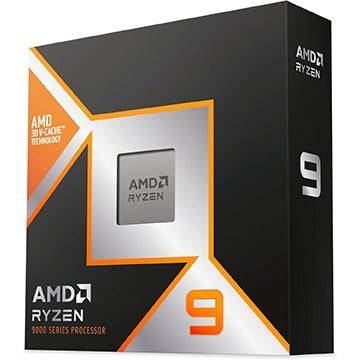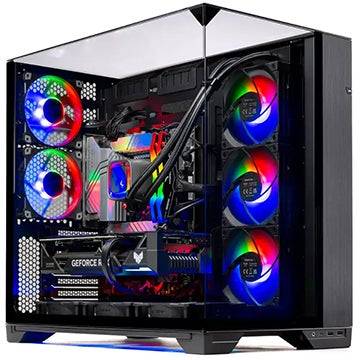For several generations, AMD has strived to compete with Nvidia's high-end offerings. However, with the AMD Radeon RX 9070 XT, Team Red strategically shifts focus from the ultra-high-end (leaving that territory to the RTX 5090) and aims to deliver the optimal graphics card for the majority of gamers—a goal it convincingly achieves.
Priced at $599, the AMD Radeon RX 9070 XT rivals the $749 GeForce RTX 5070 Ti in performance. This alone establishes it as a top contender, but AMD further enhances its appeal with the introduction of FSR 4, marking the first time AI upscaling graces an AMD graphics card. In short, this is the ideal graphics card for 4K gaming, especially for those unwilling to spend $1,999 on the RTX 5090.
Purchasing Guide
The AMD Radeon RX 9070 XT launched on March 6th, starting at $599. Remember that prices can vary, with numerous third-party cards commanding higher costs. Aim for a price under $699 if possible.
AMD Radeon RX 9070 XT – Photos
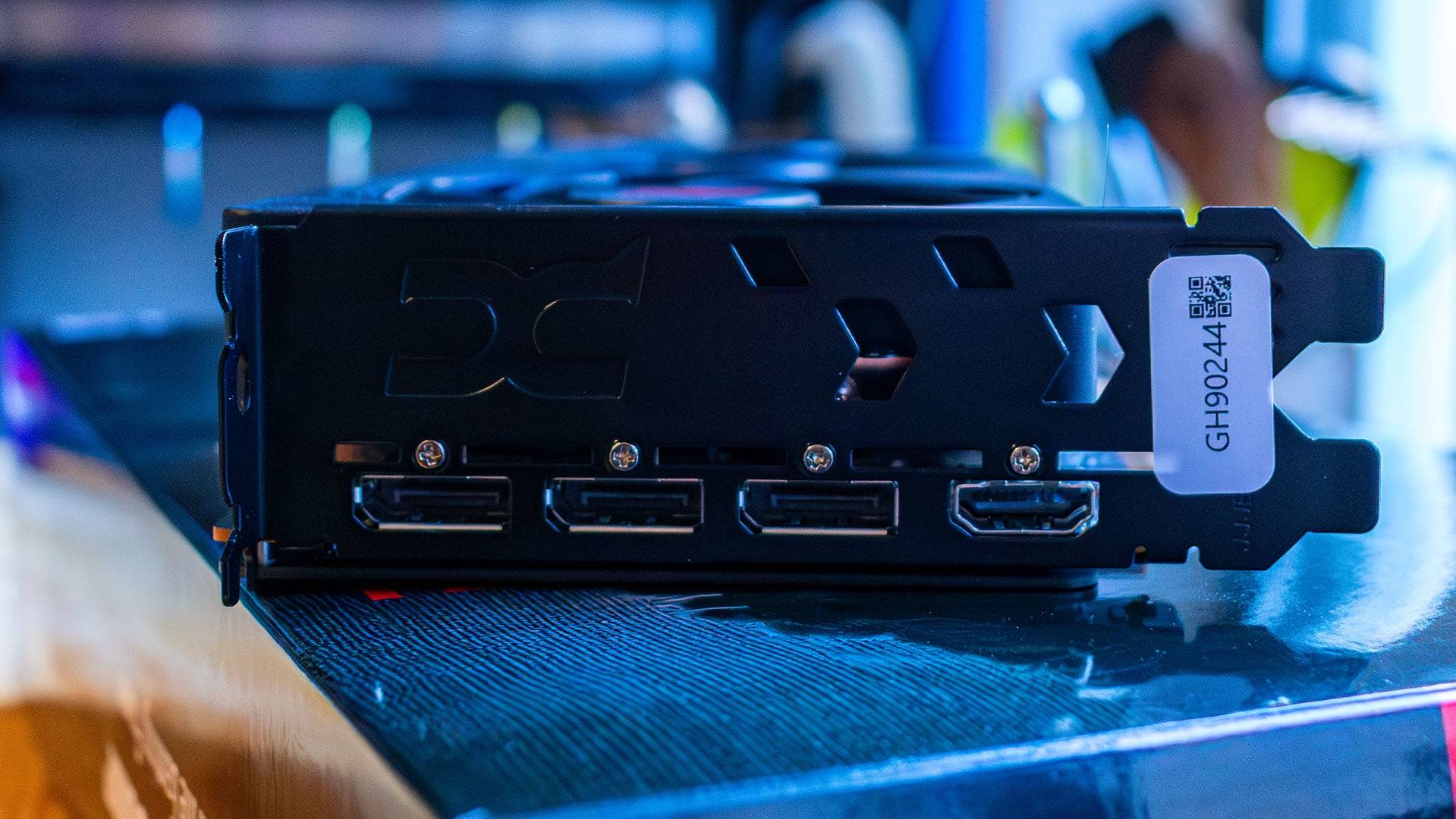

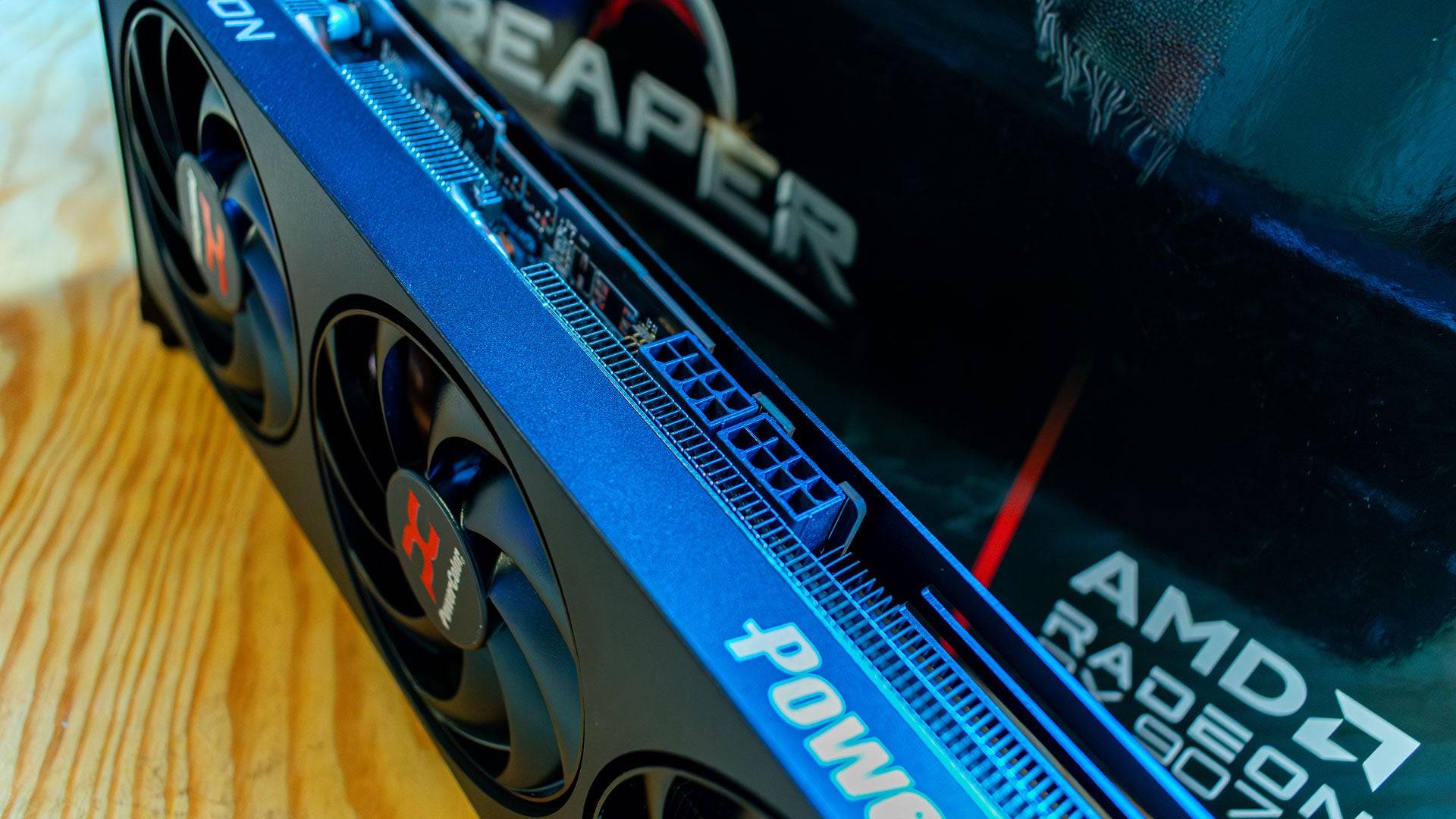

Specs and Features
Built on the RDNA 4 architecture, the AMD Radeon RX 9070 XT boasts improved shader cores, but its standout features are the new RT and AI Accelerators. The AI Accelerators power FidelityFX Super Resolution 4 (FSR 4), AMD's first foray into AI upscaling. While FSR 4 doesn't necessarily boost frame rates compared to FSR 3.1, it significantly enhances image accuracy and quality. Conveniently, Adrenalin software allows users to disable FSR 4 if frame rate prioritization is preferred.
Beyond AI upscaling, AMD has substantially improved its shader cores, resulting in better per-core performance. Therefore, despite possessing 64 Compute Units (compared to 84 in the Radeon RX 7900 XT), the Radeon RX 9070 XT delivers a substantial generational leap—at a significantly lower price point. Each Compute Unit features 64 Streaming Multiprocessors (SMs), totaling 4,096, along with 64 ray accelerators and 128 AI accelerators.
However, the Radeon RX 9070 XT has less memory than its predecessor—16GB GDDR6 on a 256-bit bus, versus 20GB GDDR6 on a 320-bit bus. This reduces capacity and bandwidth, but remains sufficient for most 4K gaming scenarios. The continued use of GDDR6, however, represents a missed opportunity for an upgrade.
Despite the architecture's increased efficiency, the RX 9070 XT consumes slightly more power than the 7900 XT (304W vs. 300W). This is a relatively modest increase, and my testing showed the 7900 XT actually consuming more power (314W vs. 306W for the 9070 XT). This power budget is typical for modern graphics cards, simplifying cooling solutions. Unlike previous generations, AMD isn't releasing a reference design; reliance on third-party manufacturers is necessary. My review unit (Powercolor Radeon RX 9070 XT Reaper) maintained a temperature of 72°C during testing despite its compact triple-fan design.
The Radeon RX 9070 XT utilizes standard power connectors (two 8-pin PCI-E), avoiding any proprietary adapters. This simplifies upgrades for most users, provided they have a 700W power supply (AMD's recommendation). Connectivity includes three DisplayPort 2.1a and one HDMI 2.1b ports; the absence of a USB-C port is a minor drawback.

FSR 4
AMD has long needed an AI upscaling solution to rival DLSS. While previous FidelityFX Super Resolution (FSR) versions offered performance gains, they suffered from ghosting and blurriness. The Radeon RX 9070 XT addresses this with AI-powered FSR 4.
Similar to DLSS, FSR 4 leverages AI accelerators to analyze frames and game engine data for accurate upscaling. Image quality surpasses FSR 3 (which used temporal upscaling), but at a performance cost. In *Call of Duty: Black Ops 6* (4K Extreme, FSR 3.1 Performance), frame rates dropped from 134 fps (FSR 3.1) to 121 fps (FSR 4), a 10% decrease, though image quality improved. *Monster Hunter: World* showed a 20% drop (94 fps to 78 fps) at 4K max settings with ray tracing and FSR 4.
This performance hit is expected due to the increased computational demands of AI upscaling. AMD aims for the improved image quality to compensate, which will vary based on individual preferences. Fortunately, FSR 3.1 remains available, and FSR 4 is an opt-in feature within Adrenalin software (it was disabled by default on my review unit).
AMD Radeon RX 9070 XT & 9070 – Benchmarks
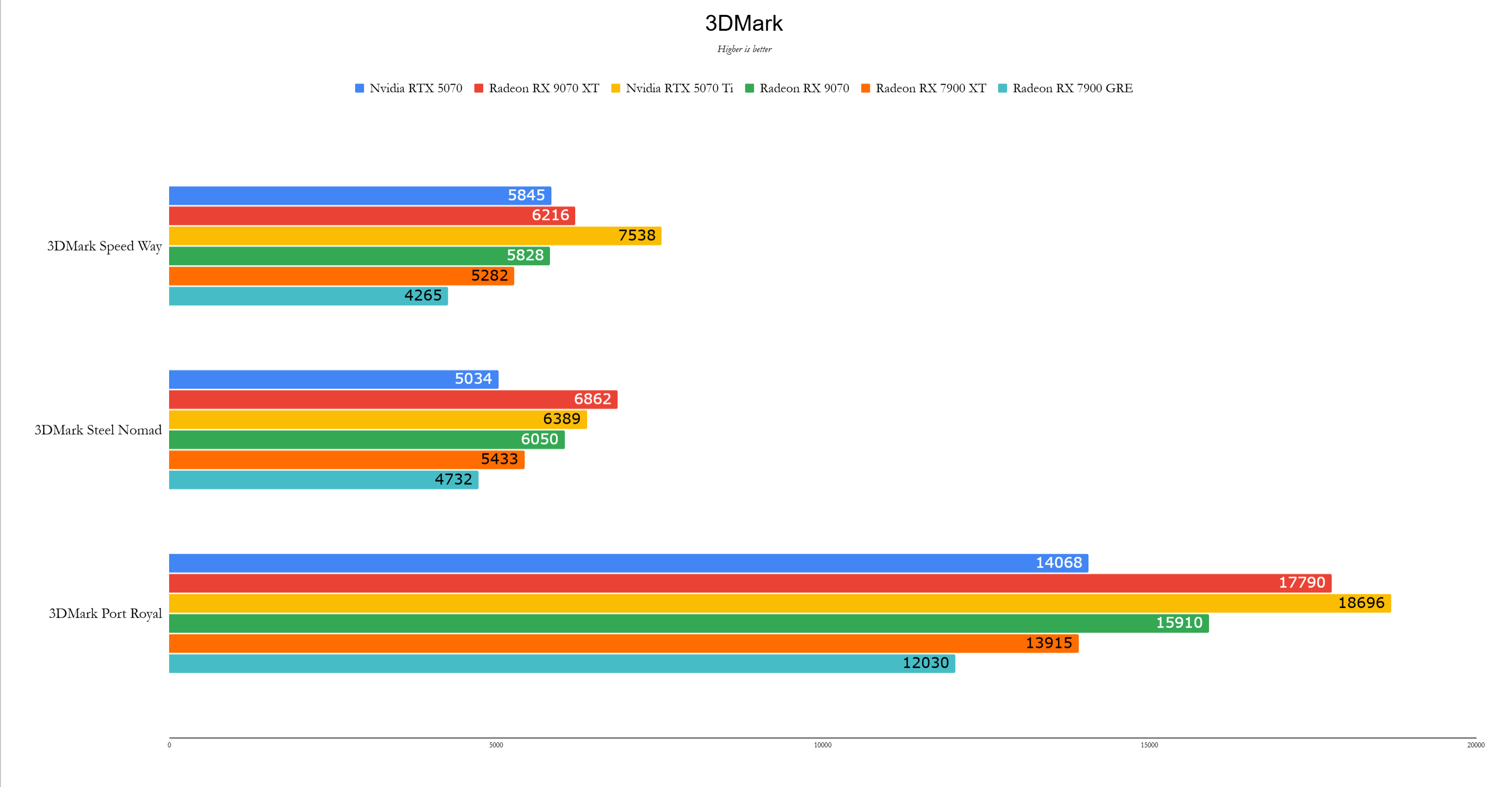

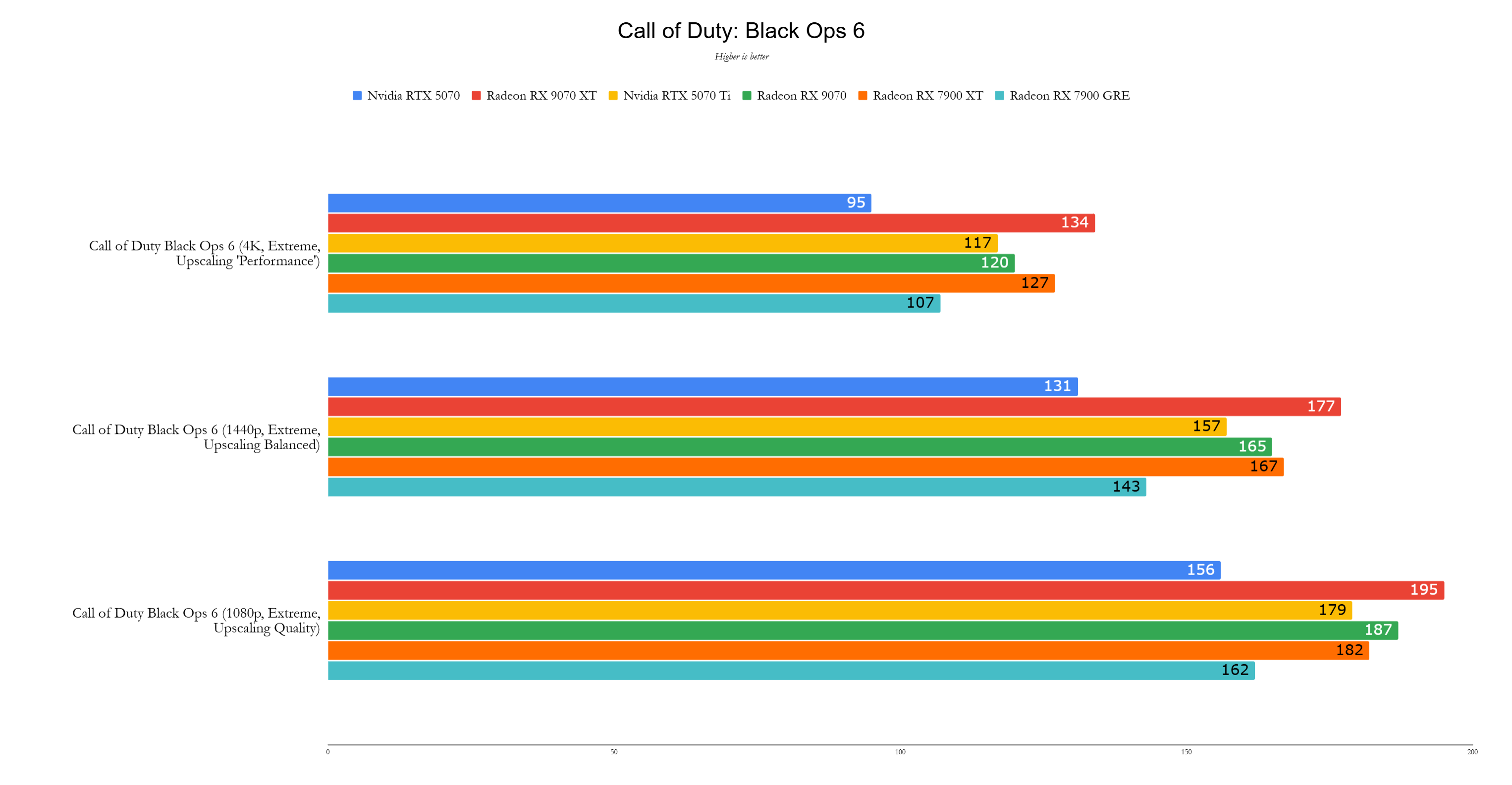
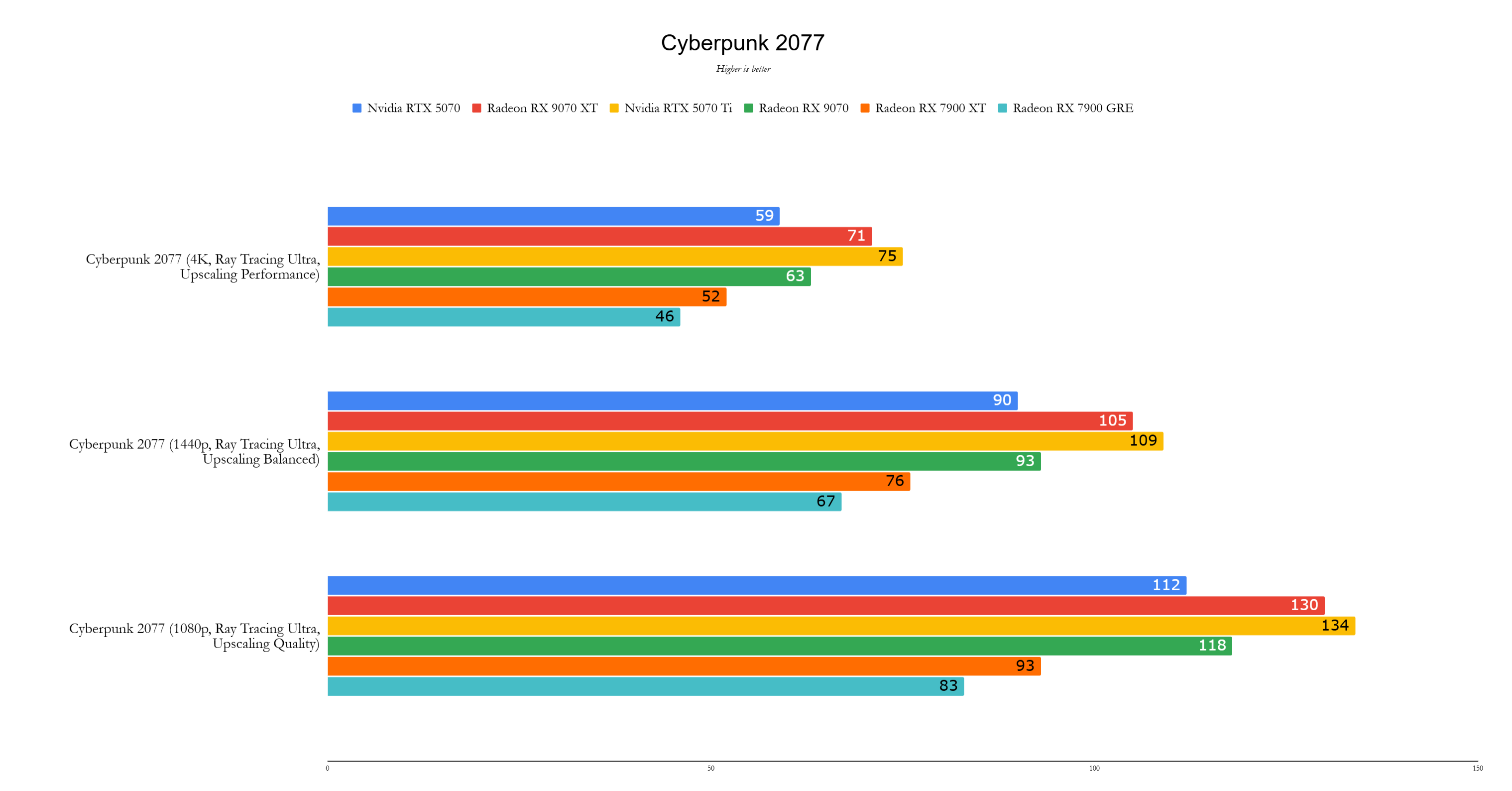
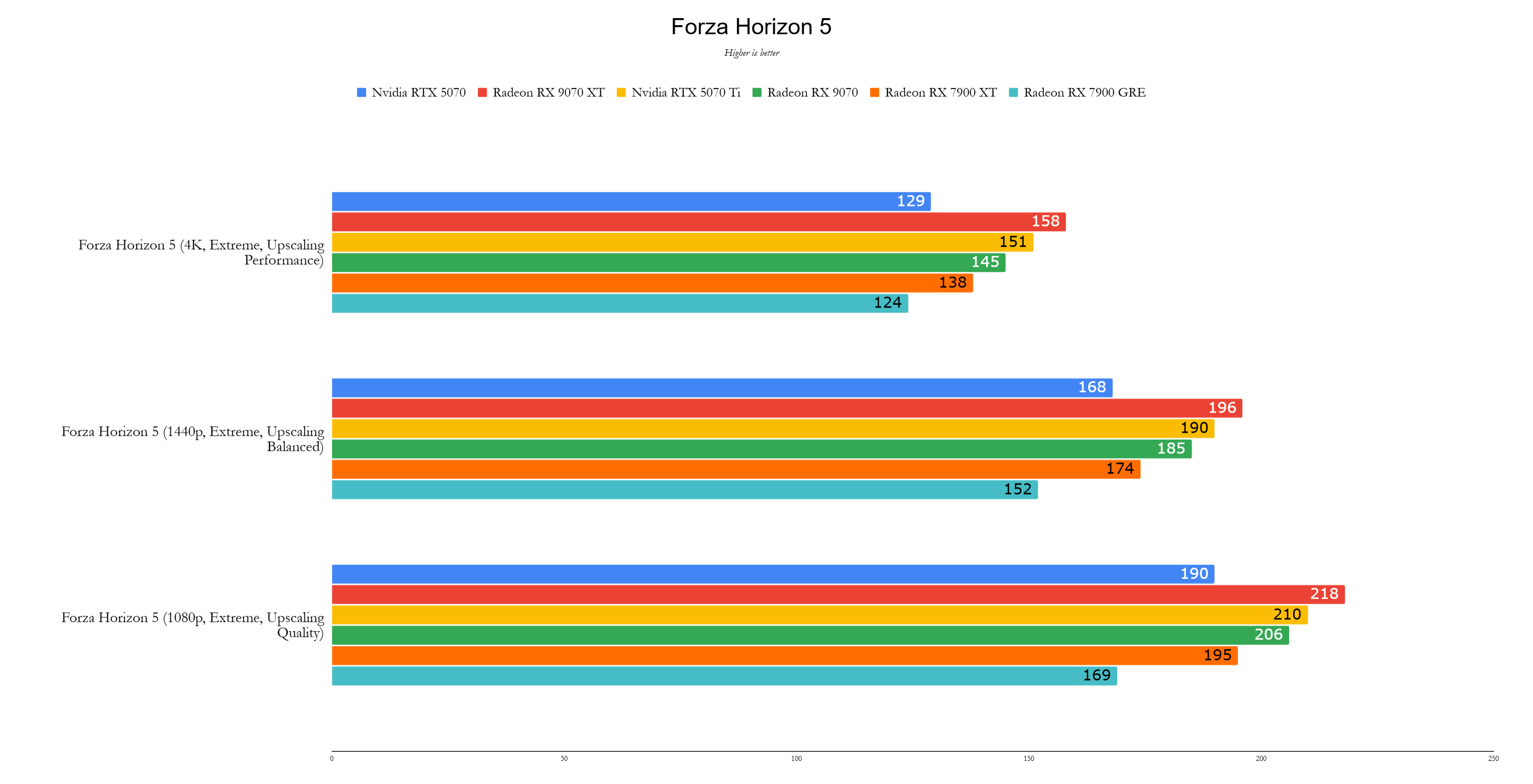
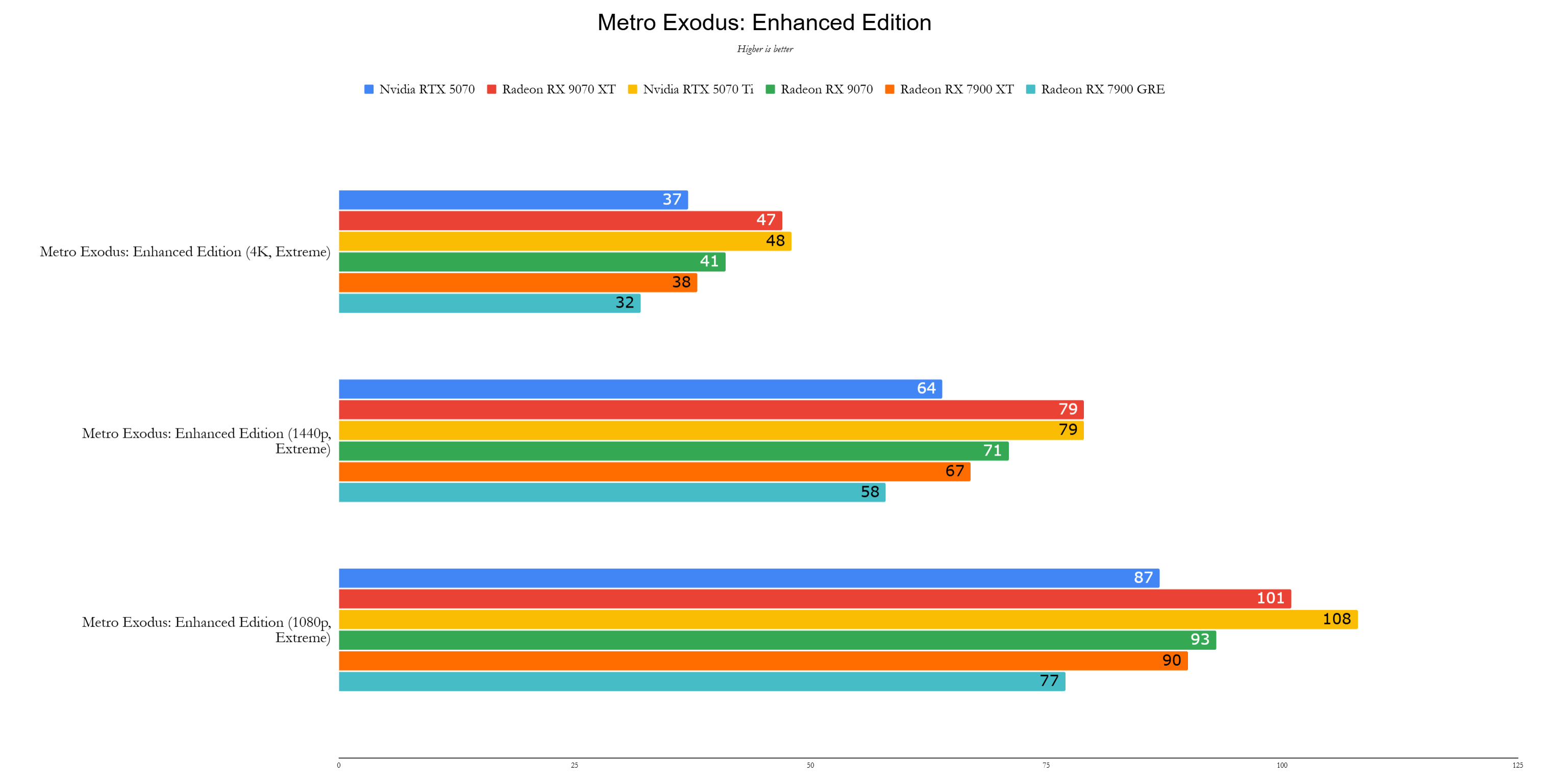
Performance
The Radeon RX 9070 XT delivers impressive performance. At $599, it undercuts the RTX 5070 Ti by 21% while offering comparable speed (2% faster on average). While the RTX 5070 Ti wins in some titles, the overall competitive performance is a significant victory for AMD. Across my testing, the RX 9070 XT was 17% faster than the RX 7900 XT and 2% faster than the RTX 5070 Ti. Its 4K performance, especially with ray tracing, is exceptional.
Testing utilized the latest drivers (Nvidia Game Ready Driver 572.60, except for the RTX 5070 which used review drivers; AMD Adrenalin 24.12.1, except for the RX 9070 XT and RX 9070 which used pre-release drivers). While 3DMark results don't always perfectly reflect real-world performance, they provide a useful comparison. The 9070 XT outperformed the 7900 XT by 18% in Speed Way, but trailed by 18% behind the RTX 5070 Ti. However, in Steel Nomad, the performance leap over the 7900 XT rose to 26%, even surpassing the RTX 5070 Ti by 7%.
Game benchmarks showed varied results. In *Call of Duty: Black Ops 6*, the RX 9070 XT led the RTX 5070 Ti by 15%. *Cyberpunk 2077* favored the RTX 5070 Ti, but by a smaller margin than previous generations. *Metro Exodus* (4K, no upscaling) showed near parity (47 fps vs. 48 fps). *Red Dead Redemption 2* highlighted the 9070 XT's Vulkan performance (125 fps vs. 110 fps for the RTX 5070 Ti). *Total War: Warhammer 3* saw the 9070 XT trailing by 13%. *Assassin's Creed Mirage* showed a 12% lead for the 9070 XT. *Black Myth: Wukong* surprisingly favored the 9070 XT by 8%, demonstrating significant improvements in ray tracing performance. *Forza Horizon 5* also showed a slight advantage for the 9070 XT.
The Radeon RX 9070 XT's unexpected release feels like a strategic counter to Nvidia's Blackwell cards. At $599, it offers a compelling value proposition. While not as fast as the RTX 5080 or 5090, those cards are overkill for most users and significantly more expensive. The Radeon RX 9070 XT feels like a worthy flagship card, a much-needed return to sensible pricing and performance.
Test System
CPU: AMD Ryzen 7 9800X3D
Motherboard: Asus ROG Crosshair X870E Hero
RAM: 32GB G.Skill Trident Z5 Neo @ 6,000MHz
SSD: 4TB Samsung 990 Pro
CPU Cooler: Asus ROG Ryujin III 360


